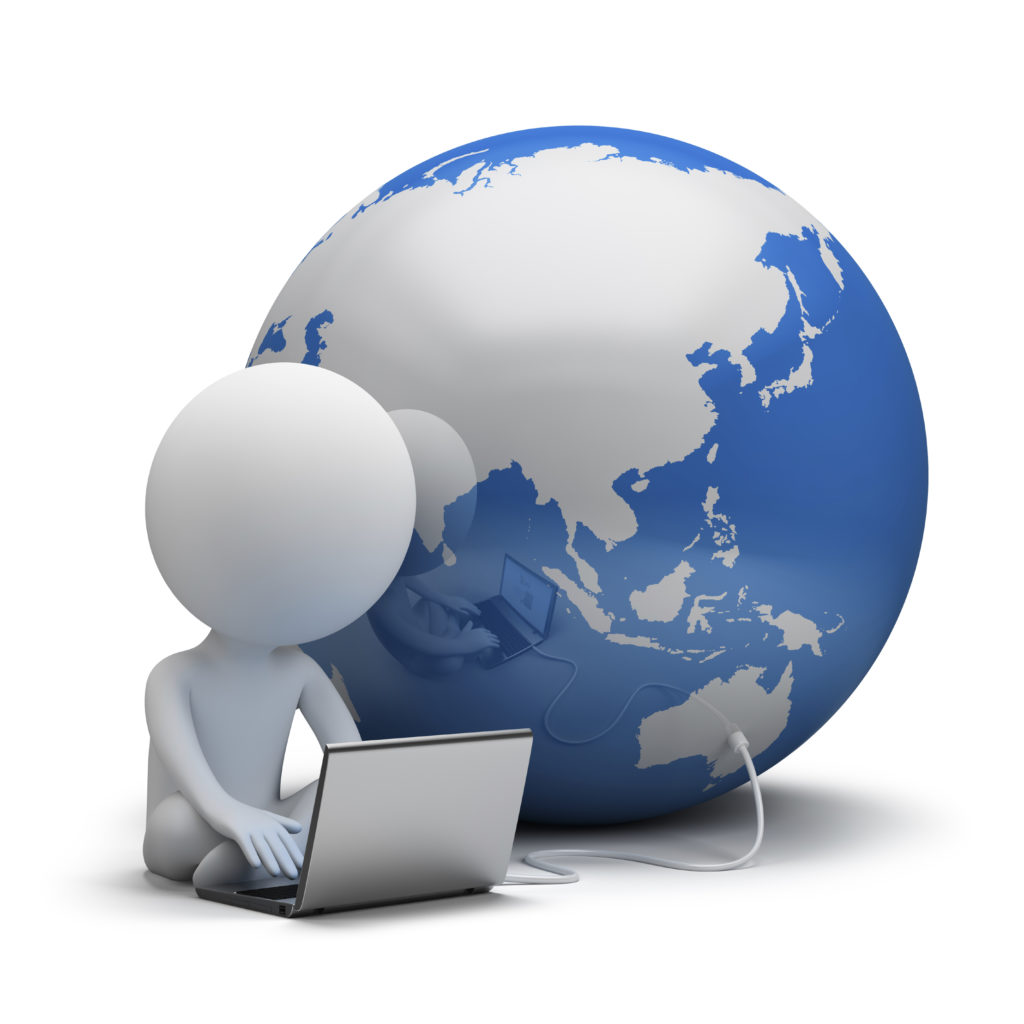4 Things to Know About IoT
- Posted by stratchi
- no responses

The Internet of Things (IoT) refers to the network of devices such as cars, cell phones, laptops and even household items such as refrigerators and televisions. These are all embedded with electronics and software that allows these products to collect and exchange data and exchange it with each other. Objects in this network can be remotely controlled and accessed too. The technology is evolving rapidly, and there are a few things you need to know.
1 – Security
Like any other network, IoT is vulnerable to cyber-attacks. This can be especially worrisome when your home is potentially full of devices and appliances that have collected your personal data.
It was recently revealed that there are easy ways to gain access to cameras, as security and webcams have been targets of attacks. At the moment, a lot of IoT in homes is dedicated to security. The burglary system that automatically alerts the police when a break -in is in progress is the most common example, so to find that these systems are vulnerable can be discomforting.
This issue is bound to be the focus of development in the coming year as IoT struggles to sell consumers on its benefits and harden itself against outside attacks.
2 – IoT at work
It’s going to change the way your office works in lots of small but useful ways that can boost productivity. If a client enters the office for an appointment, real-time tracking abilities will be able to recognize the person, making billing that person more accurate. This can also help you keep track of your customers.
IoT can help to save you money. When the office is empty, motion sensors can dim lights to save energy and power and adjust heating in the same way. Other automatic functions like the printer automatically re-ordering ink when it runs low means an employee doesn’t have to do it, leading to more productivity.
IoT can boost the level of security at work – if an intruder attempts to enter the building, images can be sent straight to a smartphone, the police, and doors can be remotely locked. GPS technology can be used to track employees during an emergency, making sure that all people are safe and where they should be.
3 – Connectivity
IoT is built on existing technology, and as consumers we expect it to connect automatically. Your fitness tracker, cell and laptop should just work together to analyze your health and activity, right?
But this doesn’t always work well. Despite being around for a few years, IoT is still developing, but even at this stage we can see exciting possibilities.
Unfortunately connectivity might not always be a positive aspect. Viruses, faulty updates and hackers can all run freely in a more connected environment. A high level of security will always be needed.
4 – You’ll need a backup plan
If everything around you at home and in the office is cloud-based and electric you could run into problems if the Wi-Fi or the power are offline. Connectivity central to the maintenance of the office could mean you can’t get in or out of the building – or even get coffee without power.
While certain measures must still be taken with IoT, don’t underestimate the wonders it will work for both business and personal use. IoT will bring connectivity like never before, and as long as steps are taken to ensure safety, will serve as a wonderful resource.



